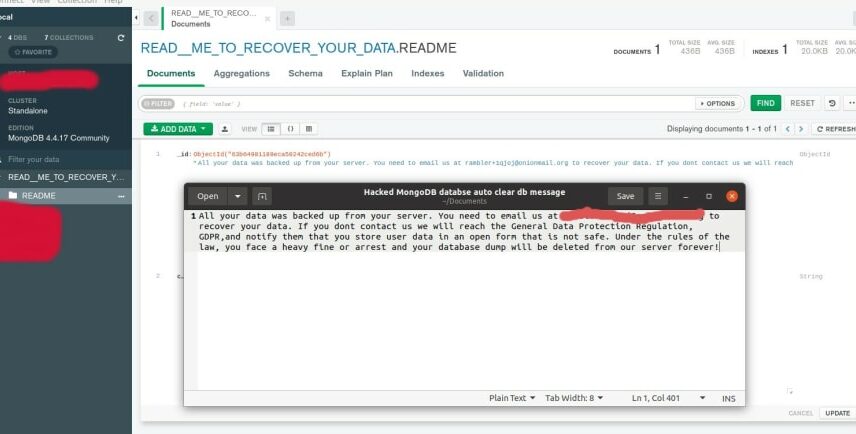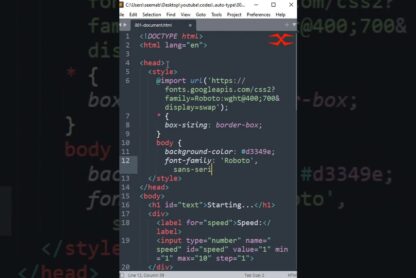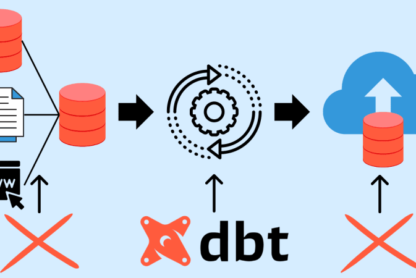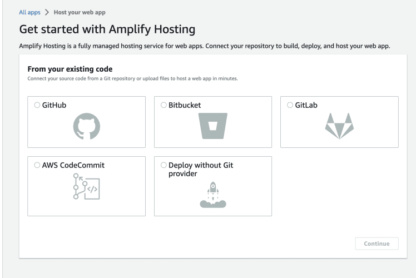Among all the week 1’s home-work exercises, I like the most about how you implement a healthcheck for a Docker Container. So I thought of writing an article about it
-
Docker allows us to tell the platform on how to test that our application is healthy.
-
When Docker starts a container, it monitors the process that the container runs.
-
If the process ends, the container exits.
-
We can specify certain options before the CMD operation, these includes:
-
It is self-explanatory
-
172.17.0.2 – this is the IP Address of the EC2 instance
HEALTHCHECK --interval=5s CMD ping -c 1 172.17.0.2
--interval=DURATION (default: 30s)
--timeout=DURATION (default: 30s)
--start-period=DURATION (default: 0s)
--retries=N (default: 3)
Please visit my GitHub Repository for CI-CD/Docker/ECS/ECR articles on various topics being updated on constant basis.
1. launch a container from busybox image
docker container run -dt --name busybox busybox sh
# check container is up and running
docker ps
2. get the ip address of the busybox container
docker inspect busybox
3. Create a Dockerfile
FROM busybox
HEALTHCHECK --interval=5s CMD ping -c 1 172.17.0.2
4. build the container
docker build -t monitoring .
dpocker images
5. launch a container from the monitoring image
docker container run -dt --name monitor monitoring sh
-
docker ps to see the healthcheck
-
depending upon the interval you specify the healthcheck would be perfomon accordings
-
it is healthy because it is able to ping the busybox container
6. docker inspect monitor to see the healthy exitcode 0
7. healthy exitcode 0
8. docker stop busybox, Docker Container becomes unhealthy
docker ps
9. specify interval=5s and retries=1
docker run -dt --name tmp --health-cmd "curl -f http://localhost" --health-interval=5s --health-retries=1 busybox sh
10. Clean Up
- We have successfuly learnt how to implement a healthcheck on a Docker Container.




